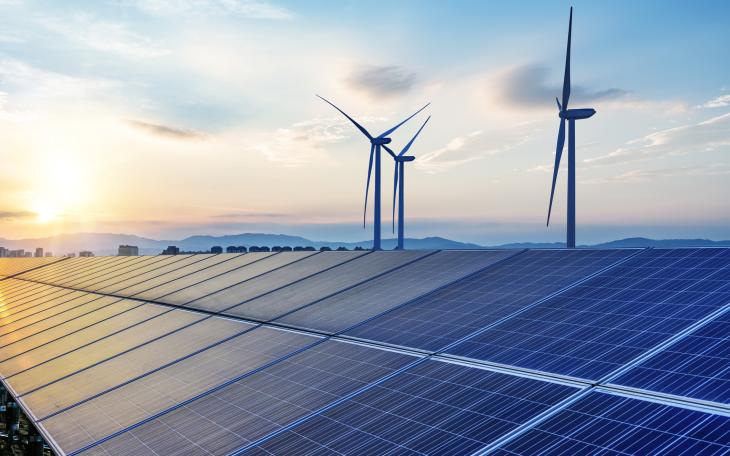A turning point for renewable energy?

The world witnessed a momentous declaration at the COP28 climate summit in the UAE last year: a commitment by global leaders to triple renewable power capacity by 2030. It was a bold target, and one that sparked both hope and scepticism. Yet recent developments suggest that this ambition may well be more than just rhetoric – we might be at a turning point in the trajectory of renewable energy.
Last week saw the announcement that renewable power generated a record-breaking 30% of the world’s electricity last year, with experts hailing 2023 as a “critical turning point”. In the report published by the climate thinktank Ember, global solar and wind power have particularly succeeded expectations. In 2023, global power generation from these sources was 67 times more than what it was in 2000 (0.2% to 13.4% respectively). With demand soaring worldwide, the economic viability of solar and wind power has unlocked a wave of new renewable projects, nudging us closer to the global 2030 target.
This optimism was further supported by the latest report from the International Energy Agency (IEA) on "Advancing Clean Technology Manufacturing." It found that spending on the five clean energy technologies – solar PV, wind, batteries, electrolysers and heat pumps – reached a record $200bn globally in 2023, increasing by 70% from 2022 levels. The report paints a promising picture, indicating that solar PV modules and cells are already capable of meeting the anticipated demand by 2030. Additionally, battery manufacturing witnessed a record year in 2023, while wind capacity experienced positive growth, with existing infrastructure able to fulfil nearly half of the requirements outlined in the Net Zero Emissions scenario for 2030.
While these figures highlight important and much needed progress, it is the success markers for investment attractiveness that countries must take note of. With China, the U.S. and the European Union currently leading the way, the IEA highlight factors such as the availability and skill of the workforce, infrastructure readiness, regulatory frameworks, and synergies with existing industries as playing pivotal roles in shaping a country's investment landscape. By recognising these dynamics, the IEA has published a series of recommendations aimed at fostering an environment conducive to sustainable growth. These include investment in industry-specific training programs, streamlining project timelines, ensuring climate policy stability to mitigate investment risks, and bolstering private-sector research and development (such as grants, project finance and rapid pro-typing) to bolster innovation.
As nations navigate this critical juncture of the energy transition, policy makers must take note of such recommendations if they are to continue to move towards the ambitious 2030 target set last year. Fossil fuels, including oil, gas and coal, continue to dominate the global energy landscape source and blockades continue to exist in transferring theoretical renewable capacity to utilised capacity. Overcoming these obstacles will require concerted efforts at both the national and international levels.
With a UK general election on the horizon, policy interventions aimed at attracting clean energy investments will be instrumental in maintaining the UK’s momentum to ensure it does not fall behind on attracting clean energy investments into the country. Globally, all eyes will be on COP29 in Azerbaijan later this year, seeing whether more progress can be made and if we can expect more turning points to come.









